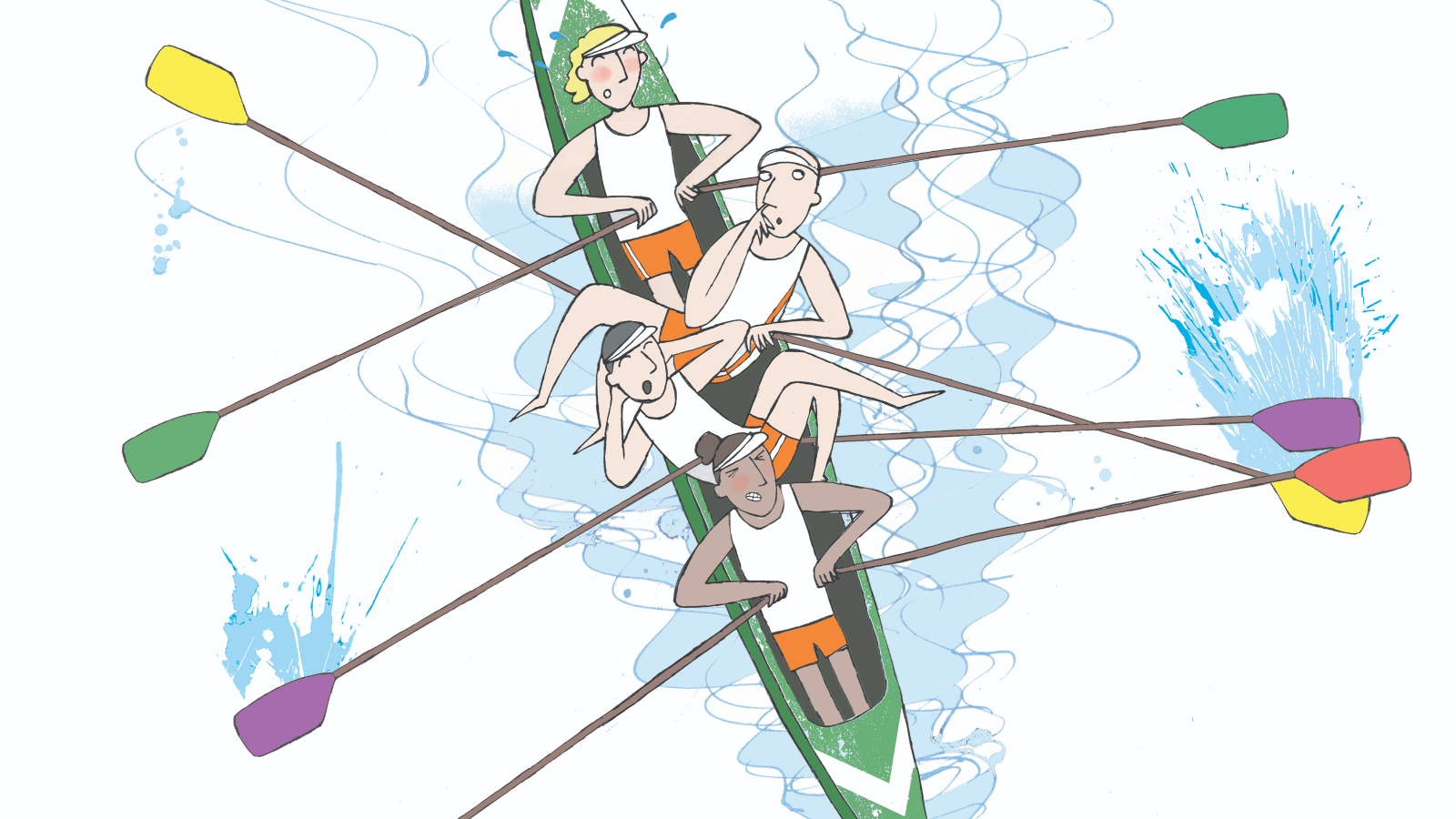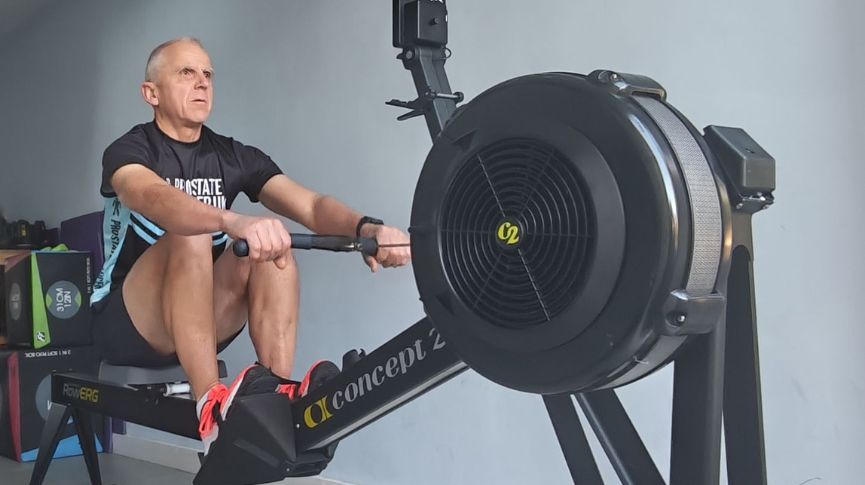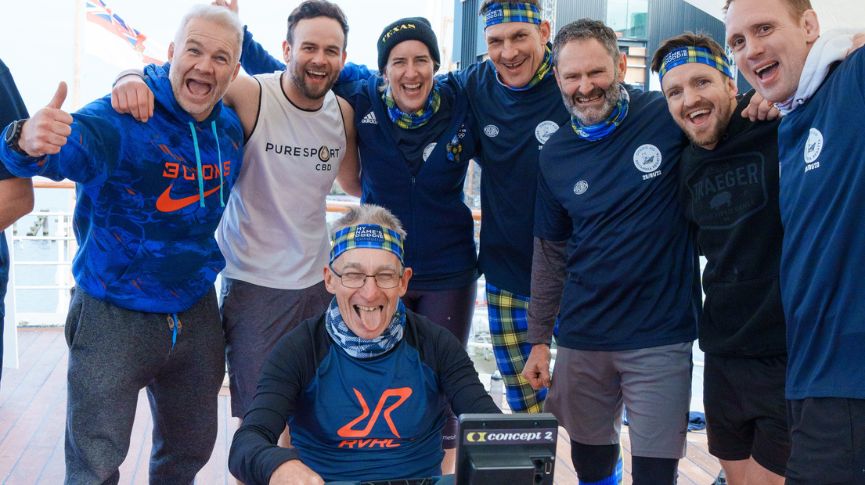All for one and one for all: crew pacing strategies over a 2km race
Should you have each crew member deliver an identical work distribution as the race progresses? The GB Rowing Sport Science Team consider effective pacing strategies

(c) Jo Scales
Developing the various components of your individual performance will all count for very little if you cannot coordinate your contributions with the rest of your crew.
While the technical synchronisation of each individual stroke is the obvious, and more discussed, element of teamwork within rowing, there is less agreement around how to work together in order to pace a race from start to finish. Researchers at the University of Worcester have investigated the differences in workload distribution within a crew and discussed the implications of their findings.
Using a standard instrumented gate, forces and angles were measured to calculate power output per stroke. The study then examined the overall distribution of work during single 2km and 5km time trials at a boat and individual level. While boat speed was not reported, assuming the power produced translates to boat speed, the overall output for both trials reflected the pacing strategy commonly seen in rowing races – in basic terms, a fast start, steady middle thousand, sprint finish – but perhaps more exaggerated than at the elite level. The participants in this study rowed at an intermediate standard.
The thought-provoking element of this study is the individual contributions to the overall boat power, and how they differed with the trials.
I will focus primarily on the 2km data here, but the results of the 5km trial followed a similar pattern.
In this crew, the stroke and bow seat rowers delivered their highest average power in the final 500m, while the middle of the boat delivered their highest output during the first 500m. A statistical look at the dispersion of stroke power during the 2km for the four rowers revealed that the average individual power output varied from 12.52% to 18.77% over the 2km course.
Is there merit in different crew members contributing different outputs at different times?
It is worth noting that this study is a snapshot view of a single crew over single trials. It is not suggesting that this is the norm, and further research may be needed. But it does spark a debate about the most effective way of delivering a pacing strategy within a race.
So, should you look to have each crew member deliver an identical work distribution as the race progresses? Or, is there merit in different crew members contributing different outputs at different times, depending on their strengths?
There is a large technical element to this discussion. Individuals varying their contributions within a race could have a significant effect on the crew rhythm, amongst other things – but less so if the strategy is planned and practised in advance.
Rowing 2km indoors?
Find out how to pace your race here!
The best way to measure individual contributions to the boat is by telemetry, though these systems can be expensive.
Without offering an explanation, the paper’s authors intimate that there may be negative consequences if all athletes deliver their finite energy supplies in a uniform way. This relates to the different physiological make-up of individual rowers.
While all rowers need ‘big ticket items’ – a large endurance capacity and strength – there are subtle differences between rowers that lead to them each delivering an optimal 2km performance slightly differently.
Differences in the anaerobic capacity (important for ‘top-end’ power) and oxygen uptake kinetics (the speed at which aerobic metabolism meets demand at the start of a race) mean that there may be an advantage in athletes pacing slightly differently within the confines of the overall crew rate profile. This approach should ensure they add their strengths to the team effort and deliver their highest average power output over the course of the race.
Article written by Dr Mark Homer, Former GBRT Sport Scientist – Physiology / Illustration by Jo Scales






